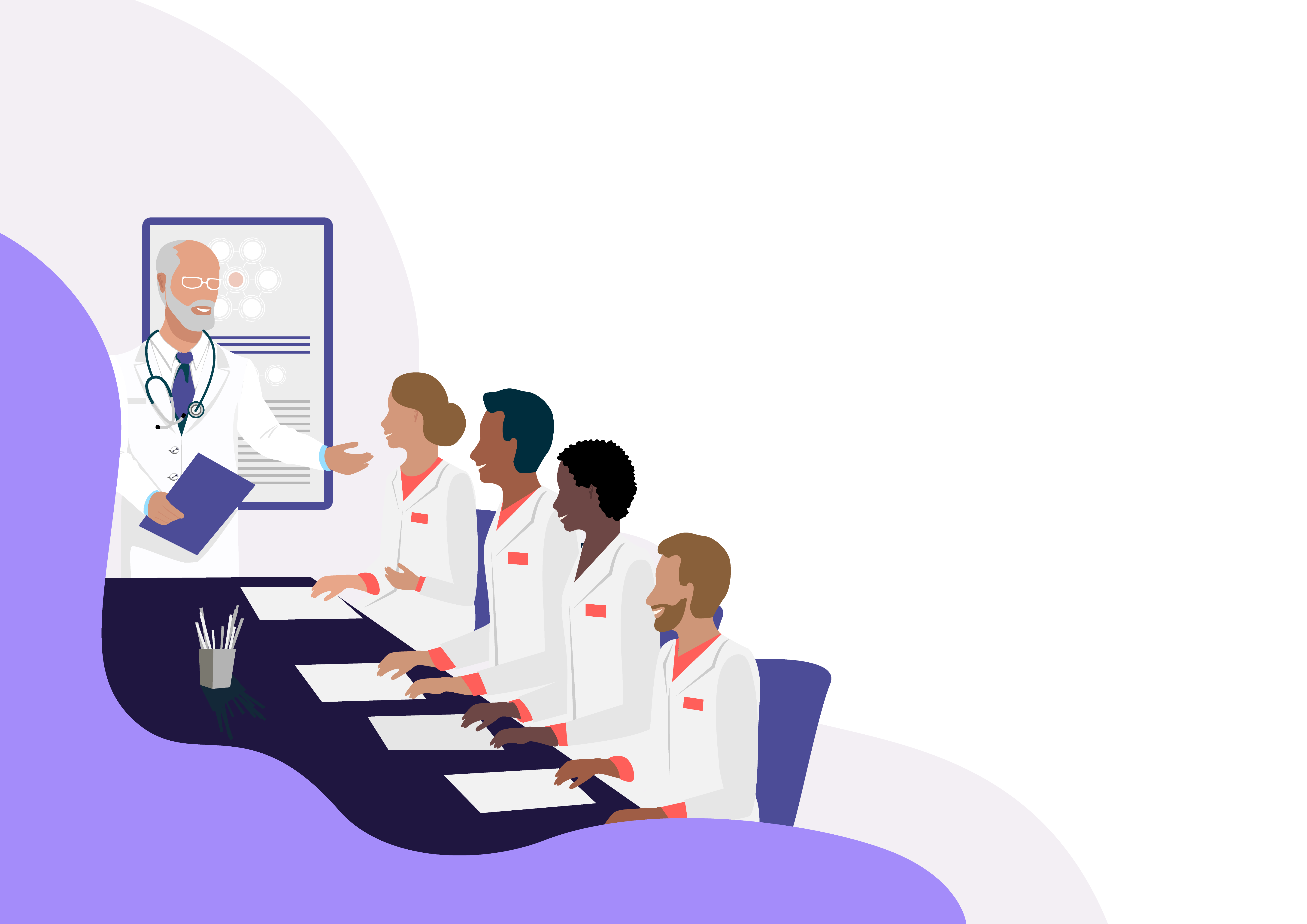
Program Introduction
Stay at the forefront of epilepsy care with this essential CME activity led by experts from UCLA Neurology. Get concise updates on epilepsy classification, treatment gaps, and emerging therapies across all ages. Topics include syndrome-specific strategies, psychosocial factors, and real-world insights to enhance patient-centered care and clinical outcomes.
Learning Objectives
After completing this educational activity, you should be able to:
- Recognize current updates on the burden and classification of epilepsy and specific epilepsy subtypes and syndromes.
- Discuss the latest developments in epilepsy pharmacotherapy and the need for improved management.
- Evaluate psychosocial considerations in the management of epilepsy, including treatment-related considerations with use of complex pharmacotherapy regimens in special patient populations.
Available Credit
- 1.0 AMA PRA Category 1 Credit™
- 1.0 Participation





